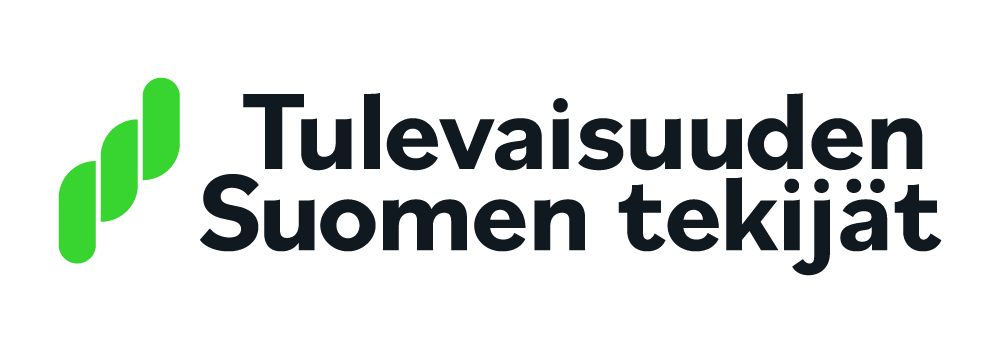Report by E2 finds: Engaging young employees with the workplace does not work with old methods
PRESS RELEASE 18.12.2023
Different generations have different expectations of work. Some young people crave stability and are committed to their jobs, while others make choices with a priority on their leisure time and relationships.
Firms are seeking individual solutions to engage young workers at the workplace. Internal migration within Finland makes matters more difficult for employers. A worker may quit their job if their partner moves to another city:
“Today, work isn’t so important as to take precedence over a romantic relationship. That’s true even if the couple can think of ways [to combine work and the relationship].” (manager interviewed during the study, forestry sector organization)
These are the findings of a study in which workers and managers, both aged under 30 and aged 50–65, were interviewed. The interviews included licensed practical nurses and registered nurses, personal assistants, customer service agents in the care sector, fast-food workers and forestry machine operators. The report is part of the Building Finland’s Future research project by E2 Research.
Continual orientation
Three types of young workers stand out: the steady workers, the overburdened, and the ones who are still learning about the working world. Thus, workers expect different things from orientation and management.
When staff turnover is high, the management has to invest a lot of resources in orientation:
“We’re constantly orientating workers here. Before Covid, we had a lot of supervisors who thought ‘I’ll orientate this person and that will be that’. Now, we’ve started to train supervisors in continual orientation. They’re always orientating someone.” (manager, fast-food restaurant)
Smartphone use causes mixed feelings
There are differing expectations of interaction between co-workers: older employees want to interact face to face, while the younger ones are happy to use their smartphones. These differing expectations cause tensions between age groups:
“I’d say that how people use technology is where you see the differences in skills. […] It also requires technical know-how. This creates a bit of a difference, and some difficulties. People don’t necessarily understand other people’s world and how they search for information, understand the world around them and form relationships.” (woman in older age cohort, care services)
Both younger and older workers prefer their peers’ company, which deepens misunderstandings and prejudices between the different age groups. Common goals and problem solving strengthen cooperation between age groups. Workers also considered working in pairs across the generational divide rewarding.
Excluding young workers stymies problem solving in workplaces
Some workers, both younger and older, are uncertain about their position on the job market. As a result, older workers may be unwilling to share their skills and to support younger workers’ professional development. Younger workers, in turn, may end up overextending themselves and burning out.
Older workers generally have more sway when it comes to determining the workplace’s practices. Excluding younger workers erodes trust between age groups and the staff’s ability to solve problems and adapt to changes.
“I asked nicely […] the older people at my work whether this [workplace practice] was really the case. I was told rather bluntly that everyone knows it is.” (young woman, healthcare sector)
Aino Heikkilä of E2 Research, PhD student and an author of the study, underscores the point:
“Workplaces shouldn’t try to define the ideal age for an employee; they should accept the person with all their qualities as a member of the team. Age management is often used to mean supporting older workers, but smart age management would also include identifying other age groups’ special traits and uncertainties, as well as using a range of skills in performing the work.”
The report can be found here (only in Finnish).
*****
About the study:
The Report Nuorten ja varttuneiden yhteistyö työpaikoilla is the second publication in the Building Finland’s Future project. The data from the study comes from 37 individual interviews conducted in 2023.
The research project seeks solutions to topical employment problems, such as the skilled worker shortage and polarization. The study was funded by the Trade Union Pro, the Finnish Association of Private Care Providers (HALI), the Trade Union for the Public and Welfare Sectors (JHL), the Ministry of Justice, the Service Union United (PAM), Confederation of Finnish Construction Industries, the Finnish Confederation of Professionals (STTK), the Central Organisation of Finnish Trade Unions (SAK), Industrial Employees, and the Finnish Pension Alliance (TELA). The chair of the project’s monitoring group is Juha Antila (SAK) and the vice chair is Ville Wartiovaara (Confederation of Finnish Construction Industries).
The study will be published on 18 December 2023 between 10.00 and 11.30 at the E2 Research office in Helsinki. The event will also be streamed online. Register for the event here: bit.ly/julkistus2-tst.
E2 Research is a multidisciplinary, independent research organization which provides research-based knowledge to associations, companies, foundations, municipalities, government ministries, politicians and the media.
Find us on X (Twitter):
@tyoelamantekija
@e2_tutkimus
Further information about the project:
Ville Pitkänen
Doctor of Social Sciences, E2 Research
ville.pitkanen@e2.fi
+358 40 7770 869
Further information about the study results:
Aino Heikkilä
M.Sc., PhD student, E2 Research
aino.heikkila@e2.fi
+358 44 3028 727
